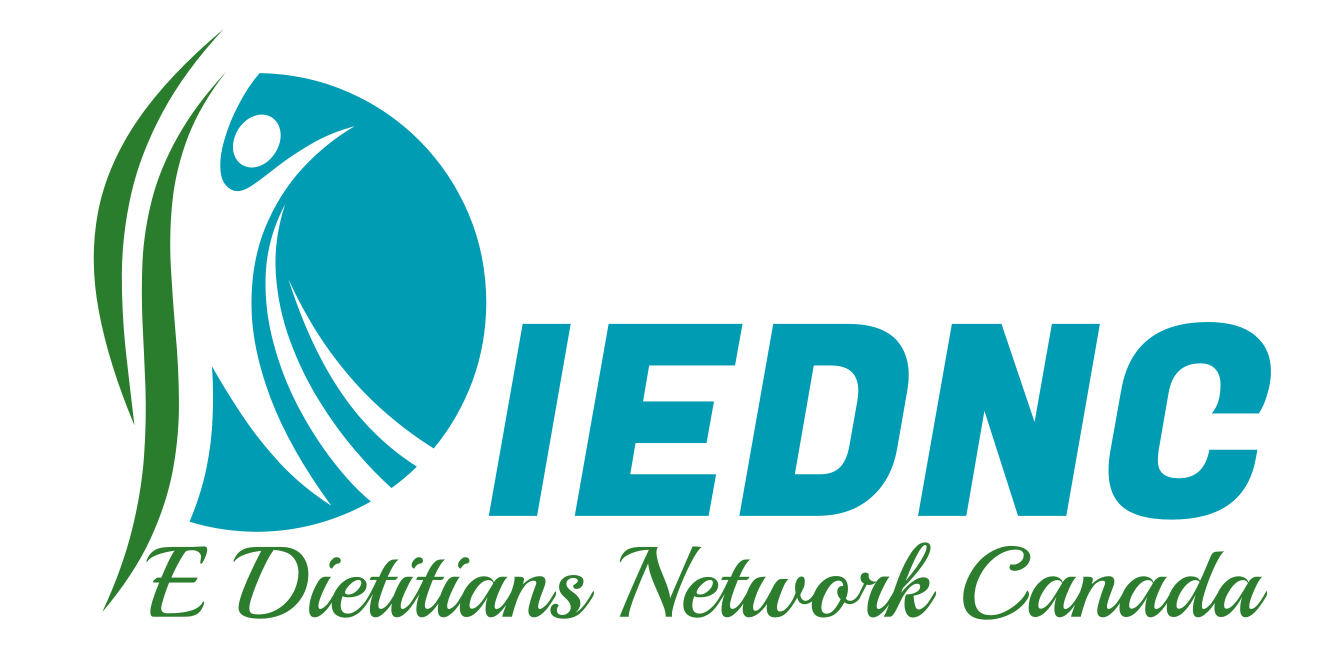Blog
Plain Language in Presentations Allows for Better Communication!
- February 1, 2021
- Posted by: iedncuser
- Category: Educated Dietitian

Health professionals have the challenging task of translating the complicated terminology they learned in school into everyday language that anyone can understand. Using plain language when conversing with clients or patients allows for better communication and navigation. Plain language is a form of communication, verbally or written, which is in clear, simple terms can be easily understood (Brach, 2016). However, plain language is not just about using plain words. It is also about providing context and about the style of writing you use!
No matter how educated a person is, or how familiar they are with healthcare, factors like fatigue, stress and fear can interfere with comprehending even the most basic health information. In fact, roughly 60% of Canadian adults have low health literacy – which simply means they struggle to comprehend and act upon basic health information due to its complexity (Health Quality Ontario, n.d.).
Provided by the courtesy of Health Quality Ontario, the following plain language best practice checklist will guide you in communicating with your patients efficiently:














Written by: Prabhnoor Grover, Chief Editor, IEDNC
Reviewed by: Manmeet Behl, RD, NM,CDE, President, IEDNC
Updated: December 20, 2020
References:
Health Quality Ontario. (n.d.). Communication Clearly with Patients and Caregiver Advisors: A Plain Language Checklist for Health Care Professionals. Retrieved from http://www.hqontario.ca/Portals/0/Documents/pe/quick-tools-checklist-communicating-clearly-pc.pdf
Brach, C. (2016). Getting doctors to use plain language and other ways to improve patient understanding. Retrieved from https://centerforplainlanguage.org/improving-patient-understanding/
Pacific University Oregon. (2020). Health Literacy for Interprofessional Education (IPE) eToolkit: Patient Communication: Plain Language & Clear Communication. Retrieved December 30, 2020, from https://pacificu.libguides.com/HLeT/PlainLanguage
